Game On!
Plane and Pilot
MARCH 25, 2025
The Texas winds were gusting anywhere from 15-25 knots, and like other aerobatic airplanes, the canopy can be easily blown off. After a few seconds, Ill lift the tail and then add full power. As soon as the tail was up, I added full power and accelerated to 80 knots and rotated with the tiniest bit of back pressure. Sounds good.

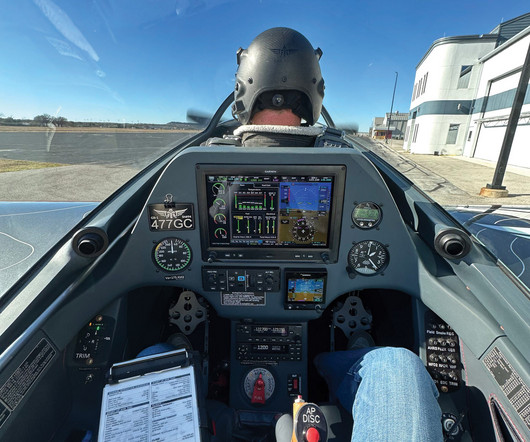




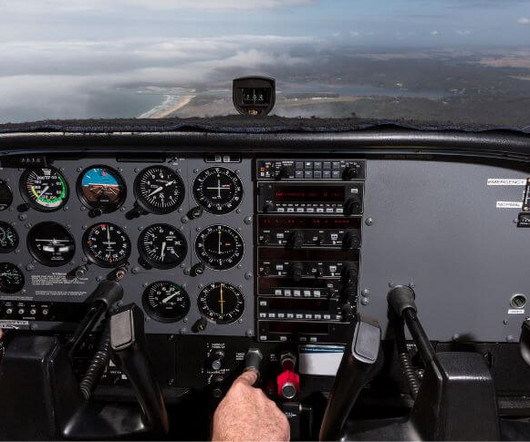


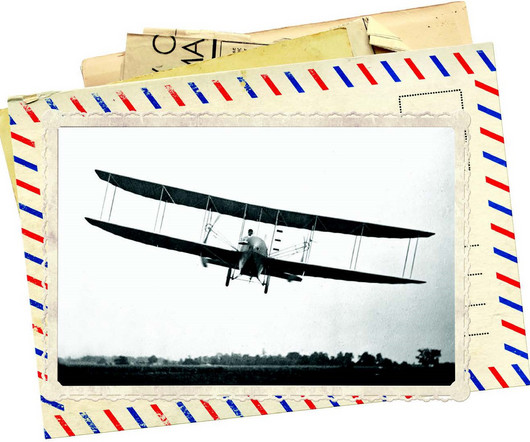
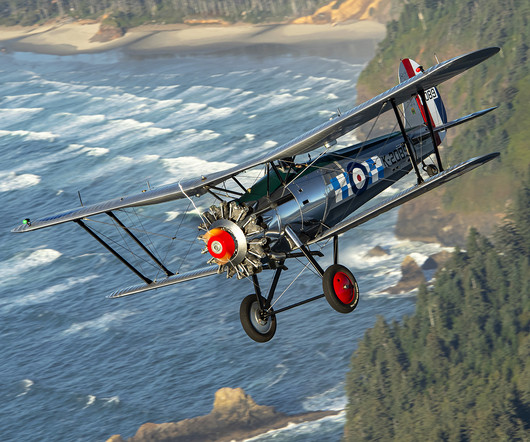

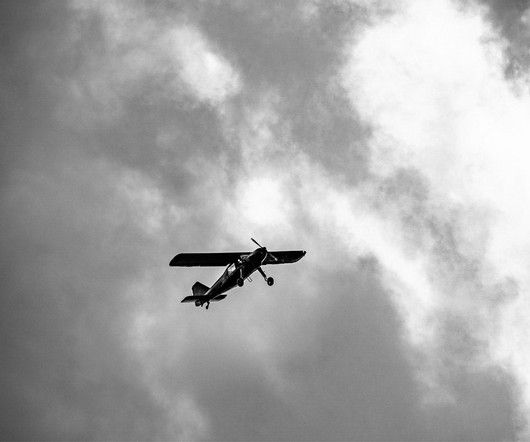


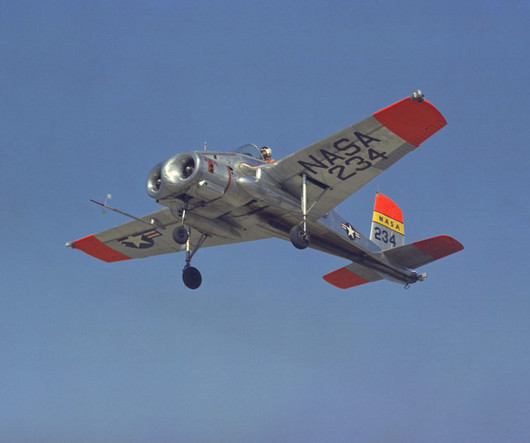



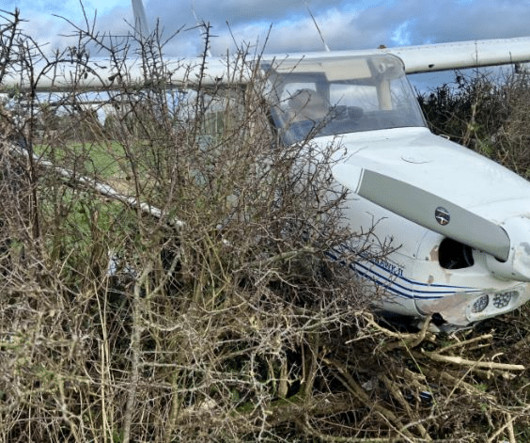
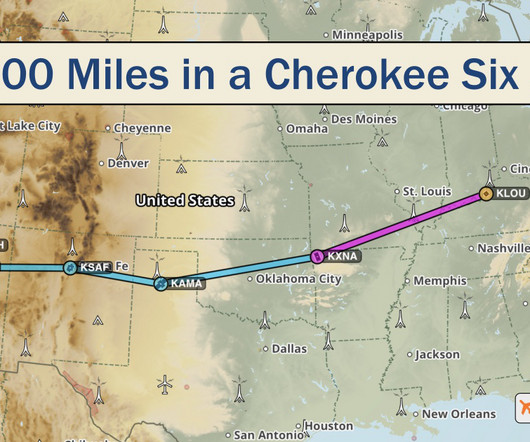


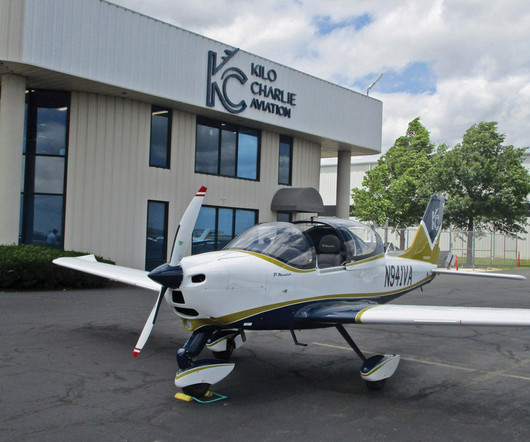






Let's personalize your content